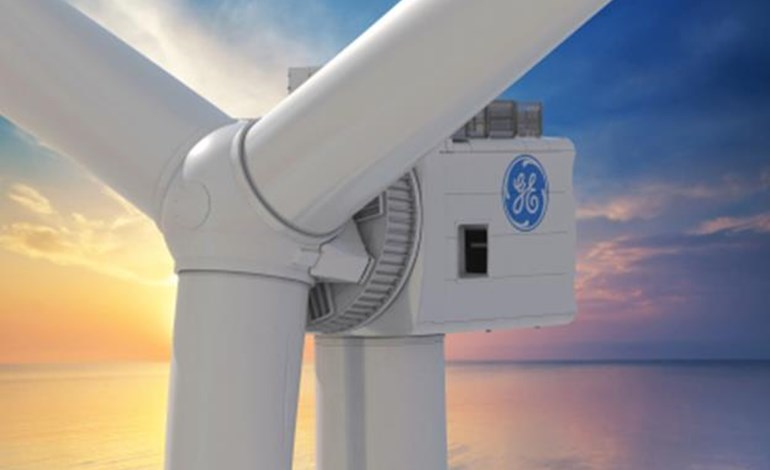GE will be able to access one of world’s fastest supercomputers in order to help advance offshore wind power.
GE Research aerodynamics engineer Jing Li is leading a team that has been granted access to the Summit supercomputer at Oak Ridge National Laboratory (ORNL) in Tennessee, through the US Department of Energy’s competitive Advanced Scientific Computing Research Leadership Computing Challenge programme.
The key focus of the supercomputing project will be to study coastal low-level jets, which produce a distinct wind velocity profile of “potential importance to the design and operation of future wind turbines”.
Using the Summit supercomputer system, the GE team will run simulations to study and inform new ways of controlling and operating offshore turbines to best optimise wind production.
Li said: “The Summit supercomputer will allow our GE team to run computations that would be otherwise impossible.
“This research could dramatically accelerate offshore wind power as the future of clean energy and our path to a more sustainable, safe environment.”
As part of the project, the GE team will work closely with research teams at NREL and ORNL to advance the ExaWind platform.
ExaWind, one of the applications of the DoE’s Exascale computing project, focuses on the development of computer software to simulate different wind farm and atmospheric flow physics.
These simulations provide crucial insights for engineers and scientists to better understand wind dynamics and their impact on wind farms.
Li said: “Scientists at NREL and ORNL are part of a broader team that have built up a tremendous catalogue of new software code and technical expertise with ExaWind, and we believe our project can discover critical new insights that support and validate this larger effort.”
The ExaWind goal is to establish a virtual wind plant test bed that aids and accelerates the design and control of wind farms.
The Summit supercomputing system’s power capability is equivalent to 70 million iPhone 11s and can help test and solve challenges in energy, artificial intelligence, human health and other research areas.
Li said: “We’re now able to study wind patterns that span hundreds of metres in height across tens of kilometres of territory down to the resolution of airflow over individual turbine blades.
“You simply couldn’t gather and run experiments on this volume and complexity of data without a supercomputer. These simulations allow us to characterise and understand poorly understood phenomena like coastal low-level jets in ways previously not possible.”

